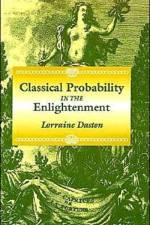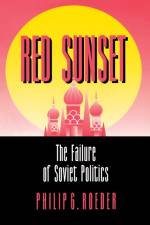av Shelley C. Stone
2 419
Excavation of the ancient city of Morgantina in southeastern Sicily since 1955 has recovered an extraordinary quantity and variety of pottery, both locally made and imported. This volume presents the fine-ware pottery dating between the second half of the fourth century BCE, when Morgantina was a thriving inland center closely tied to the Hellenistic east through Syracuse, and the first half of the first century CE, when Morgantina had been reduced to a dwindling Roman provincial town that would soon be abandoned. Bearing gloss and often paint or relief, these fine ceramics were mostly tableware, and together they provide a well-defined picture of the evolving material culture of an important urban site over several centuries. And since virtually all these vessels come from dated deposits, this volume provides wide-ranging contributions to the chronology of Hellenistic and early Roman pottery. An introductory chapter sketches out a comprehensive history of the city, discusses the many well-dated archaeological deposits that contained the excavated pottery, and defines the major fabrics of the ceramics found at the site. The bulk of the volume consists of a scholarly presentation of more than 1,500 pottery vessels, analyzing their shapes, fabrics, chronology, decoration, and techniques of fabrication. This rich ceramic material includes significant bodies of Republican black-gloss and red-gloss vases, Sicilian polychrome ware, and Eastern Sigillata A, as well as early Italian terra sigillata, with numerous examples imported from Arezzo and other Italian centers, along with regional versions from Campania and elsewhere on Sicily. The relief ware includes important groups of third-century BCE medallion cups and hemispherical moldmade cups of the second and first centuries BCE. Morgantina was also an active center of pottery production, and the debris from several workshops has been recovered, enabling Shelley Stone to reconstruct the working techniques and materials of the local craftsmen, the range of ceramics they produced, and how their products were influenced by pottery imported to the site from elsewhere on Sicily, the Italian mainland, and even more distant centers. The volume also presents new information about the sources of the clay used by the Morgantina potters, as revealed by X-ray fluorescence analysis of selected vases.






























